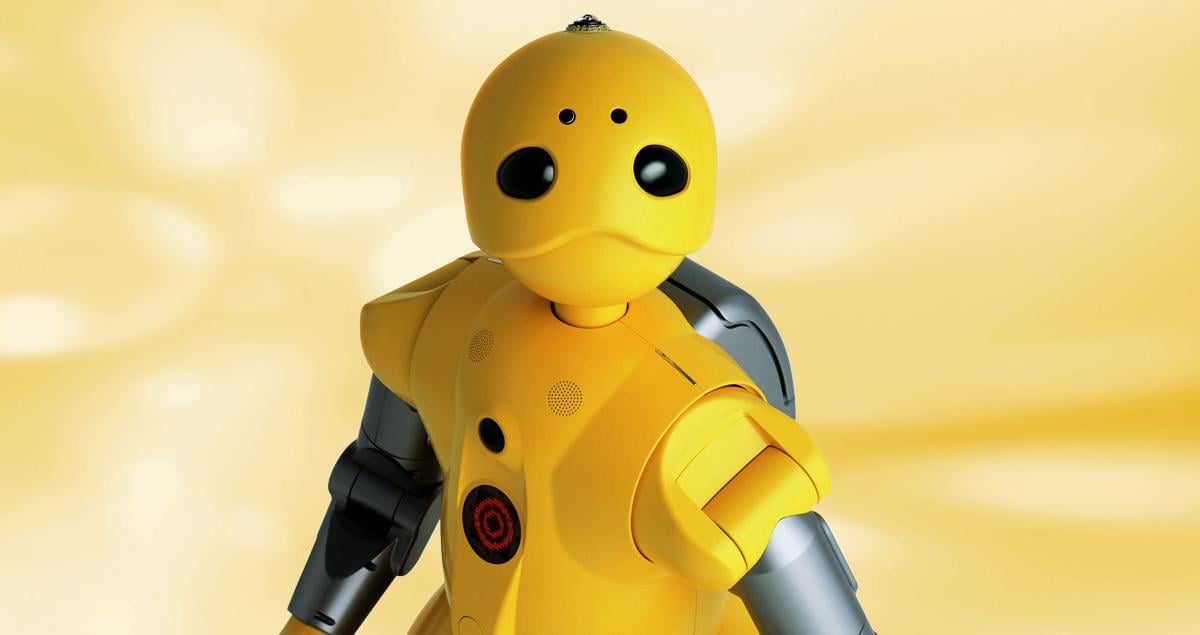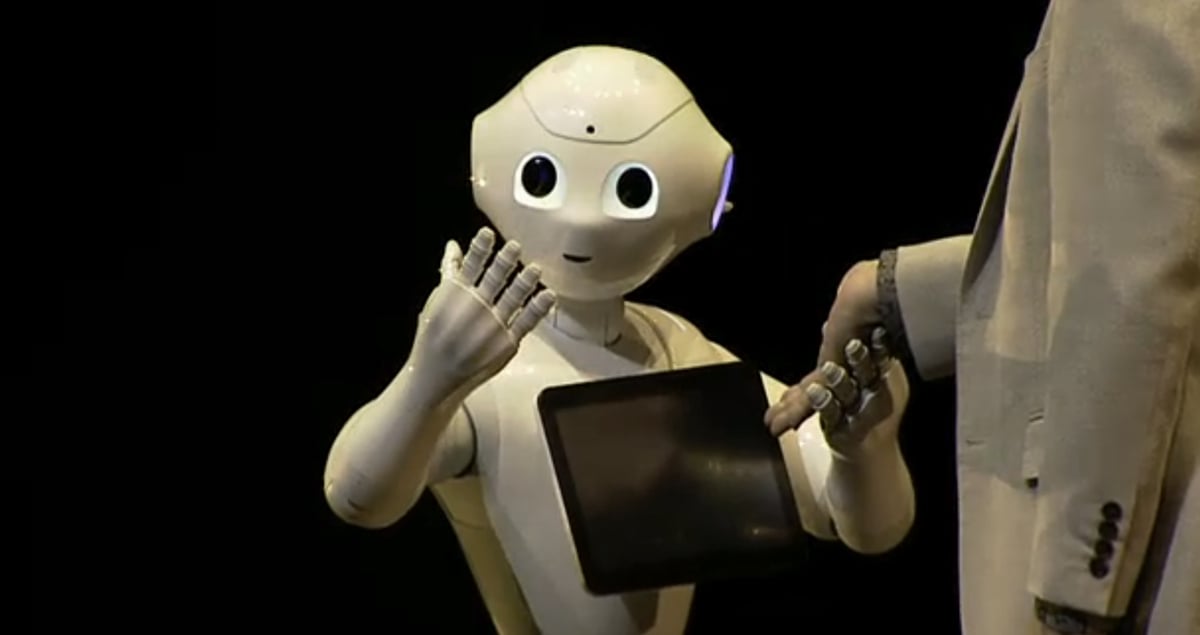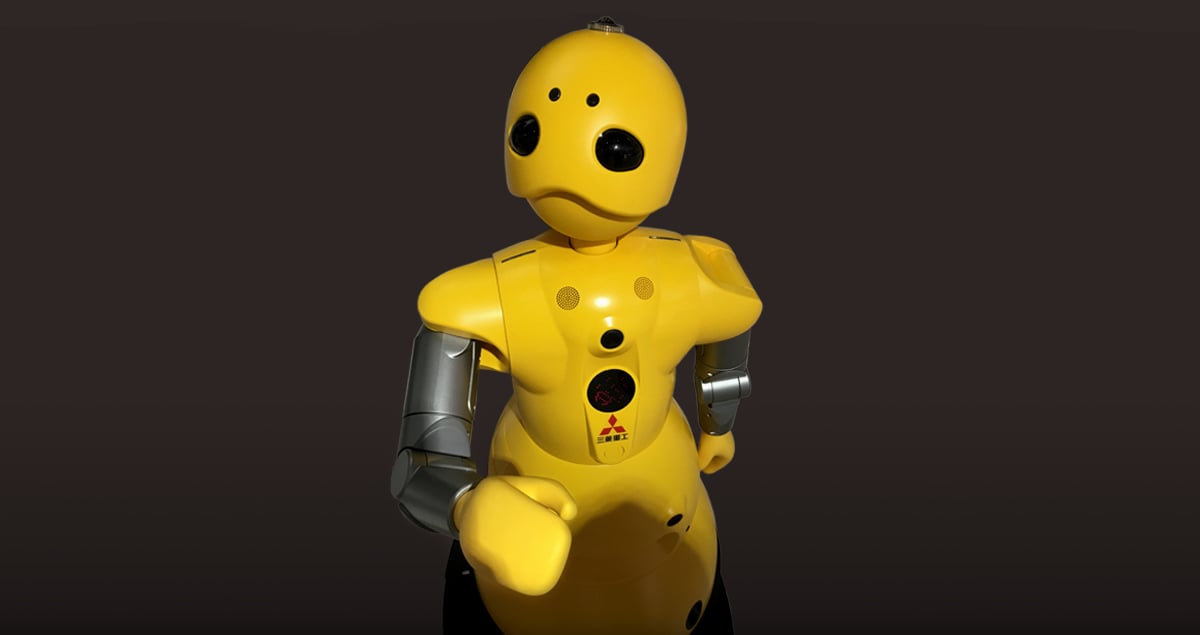The helpful humanoids

When Japan welcomes millions of foreign travelers for the 2020 Tokyo Olympic and Paralympic Games, one thing the visitors will see apart from the world’s best athletes is the world’s best robots. It may sound like the realization of countless science-fiction fantasies, but humanoid robots are now quite commonplace in big cities like Tokyo. This is a dream that was long in the making.
Japan was earned itself the moniker of the ‘Robot Kingdom’ after it invested heavily in factory automation technology in the postwar period. Industrial robot arms began turning out everything from toilet bowls to car parts, creating titans of the industry, such as FANUC, in the process as Japan became one of the most heavily automated societies in the world.
Over the past few decades, however, the engineers who helped build this manufacturing powerhouse turned their thoughts to the sci-fi stories of their youth, and dreamed of creating robots that looked and acted like humans. A template for this was Astro Boy, a super-powerful robot boy portrayed by manga legend Osamu Tezuka as a champion of humanity. Honda’s sophisticated humanoid robot Asimo, first shown off in 2000, is part of this tradition.

Just add Pepper
The air was thick with the legacy of Astro Boy when Masayoshi Son, CEO of telecommunications giant SoftBank, stepped onto a darkened stage outside Tokyo in June 2014, and held up what looked like a glowing heart. This he presented to a 120-centimeter-tall humanoid robot standing next to him, and it immediately came to life, lighting up and introducing itself in a high-pitched voice as ‘Pepper’.
The robot is designed to be a communication robot that can help out in the home or workplace; it is also expected to help monitor Japan’s growing population of elderly based on information provided by the market. Developed by SoftBank Robotics Corp., Pepper has two arms, a 10.1-inch touchscreen display on its chest, audio, visual and tactile sensors and a wheeled base called omni-wheel for locomotion. It can retrieve weather forecasts from the Internet, play word games and do dance routines, and able to add new functions from the web by downloading ‘Robo Apps.’ It’s also billed as the first robot of its kind that can read human emotions and develop its own feelings to make it a better companion.
“We want to have a robot that will maximize people’s joy and minimize their sadness,” Son said while presenting Pepper to journalists. Since its commercial debut in 2015, priced at about $9,500 for a three-year period, thousands of Pepper robots have been sold, both to households and businesses. Companies have adopted the ‘Pepper for Biz’ model, which is priced at about $540 a month. They have been using the robot to help promote everything from smartphones and coffee makers to financial products and tourist destinations.
Pepper can now be seen at electronics retailers, hotel lobbies, trade shows, and more. Meanwhile, dozens of apps for Pepper have been developed, with themes ranging from storytelling to cooking tips. The robot recently began support for Google’s Android operating system, opening up even more possibilities, especially through the help of developers.

Eager to Please
A decade before the birth of Pepper, Mitsubishi Heavy Industries unveiled Wakamaru, a humanoid robot for home use. With a bright yellow exterior by industrial designer Toshiyuki Kita, Wakamaru had ultrasound and infrared sensors to help it avoid obstacles as well as an LED indicator on its chest that showed its “feelings.” Wakamaru could recognize 10,000 words in Japanese and family members’ faces. It could also retrieve weather forecasts, emails and other information from the Internet and autonomously recharge itself when its battery was low.
Although Wakamaru, now retired, was ahead of its time in that it came before the boom in smartphones and apps, it helped pave the way for later humanoids like Pepper. Another robot that exemplifies the union of mechatronics and smartphonesin literal fashionis RoBoHon. Commercialized by Sharp, the anime-inspired, pint-sized droid is both robot and 3G/LTE smartphone. It can walk around, move its arms and head and serve as a personal assistant, for instance reading out messages and reminding users of calendar events like someone’s birthday. Small enough to fit in a pocket and weighing only 390 grams, the cloud-connected RoboHon can project images and video on nearby surfaces and can bid its user good night before bed and good morning when he or she wakes up (thanks to its alarm function). With its cute looks, squeaky voice and desire to please, it’s hard not to see RoBoHon like a little person.
“I saw people carrying their smartphones around and thought that would be a great idea to combine with a robot,” says designer Tomotaka Takahashi, whose other anime-inspired creations include Kirobo, an astro-droid that traveled to the International Space Station in 2013. Priced at $1,935, RoBoHon was one of several desktop humanoids on display last December at the iREX robotics trade show in Tokyo. Palro and Palmi, developed by telecommunications and software firm Fujisoft, can walk around, hold conversations with users and run cloud applications. While the $2,900 Palmi is aimed at households and kids, the more sophisticated $6,500 Palro is for use in seniors’ homes.
Along with Paro the robot seal, Palro is already being used in dozens of care facilities in Japan, where it tries to engage residents in verbal entertainment and calisthenics routines. Somewhat cheaper is the $1,350 Premaid AI from DMM, a 46-centimeter-tall, smartphone-controlled hobby robot that can do dance routines. Unibo is yet another personal desktop robot launching this year. Inspired by the popular anime and manga robot Doraemon, Unibo has a large head evoking computer monitors of yesteryear.
This latest generation of personal robots can be seen as smartphones with arms and legs. The more successfully designed ones can convey a sense of charm, even personality. With improvements to artificial intelligence and servomotor design for arms and hands, they may soon be able to perform minor household chores such as tidying up, increasing their appeal. In the tradition of Astro Boy, these mechatronic companions are helping support society while earning our friendship.





